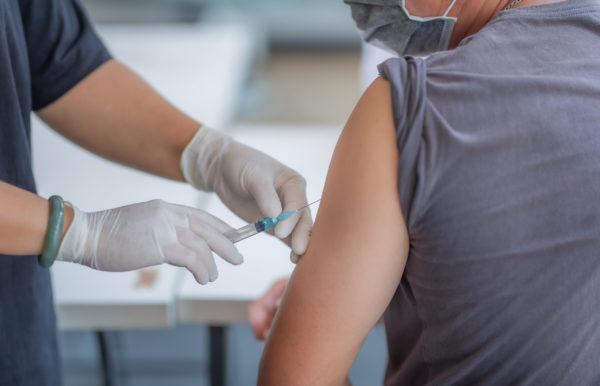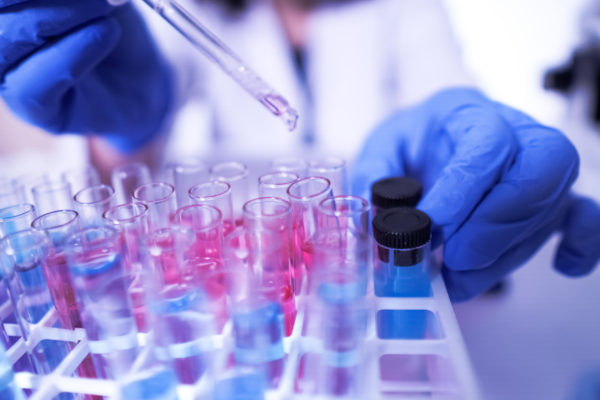Taking jello shots has a new meaning!
No, these “jello shots” won’t be offered to partying college students – instead, they’ll be offered in a doctor’s office to help easily administer medicine.
Eventually, they could also help easily fight diseases all around the globe.
Cutting down on shots

Shots that normally need to be administered daily or weekly might be replaced with a single long-lasting, gel-based shot. The gel would work by dissolving over a few months.
When polymers are mixed with fluids, they create gels. These gels are currently used for things like styling hair or allowing a contact lens to float on the eye.
By using these polymer gels, researchers have found a way to create a jello-like substance that would be able to work in the human body.
However, making it into an injectable shot is a different story. According to Eric Appel, assistant professor of materials science and engineering at Stanford University, “We can make gels with the right slow-release properties at room temperature but once we injected them, body heat would rapidly dissolve them and release the medicines too quickly.”
Breaking down the science

By simply bending the laws of thermodynamics, Appel and his team were able to successfully take the first step towards creating a temperature-resistant and injectable gel.
Basically, Appel and his team had to make a medicinal gel that didn’t melt. To make it happen, researchers used two solid ingredients – polymers and nanoparticles.
The polymers are long strands that have the tendency to get entangled, while the nanoparticles encourage that action.
First, researchers separately dissolved the polymers and nanoparticles in water, then they combined them to allow the polymers to wrap around the nanoparticles.
This tightening between the two ingredients causes the water particles to be pushed out of the molecules. As this continues, the mixture begins to turn into a gel-like substance when at room temperature.
Changing how we take medicine…
Amazingly, this gel doesn’t melt at room temperature like a normal gel because of the molecular “Velcro effect”.
Appel states, “We are trying to make a gel that you could inject with a pin, and then you’d have a little blob that would dissolve away very slowly for three to six months to provide continuous therapy.”
Unfortunately, the technology is still not safe for human injection just yet. The nanoparticles don’t come from a biocompatible source, meaning they don’t interact with the human body safely… yet. Naturally, Appel and his team are working on ways to make it safe for humans.
If they succeed, it will help easily administer medicine to underdeveloped areas and be able to readily fight malaria, HIV, and much more.